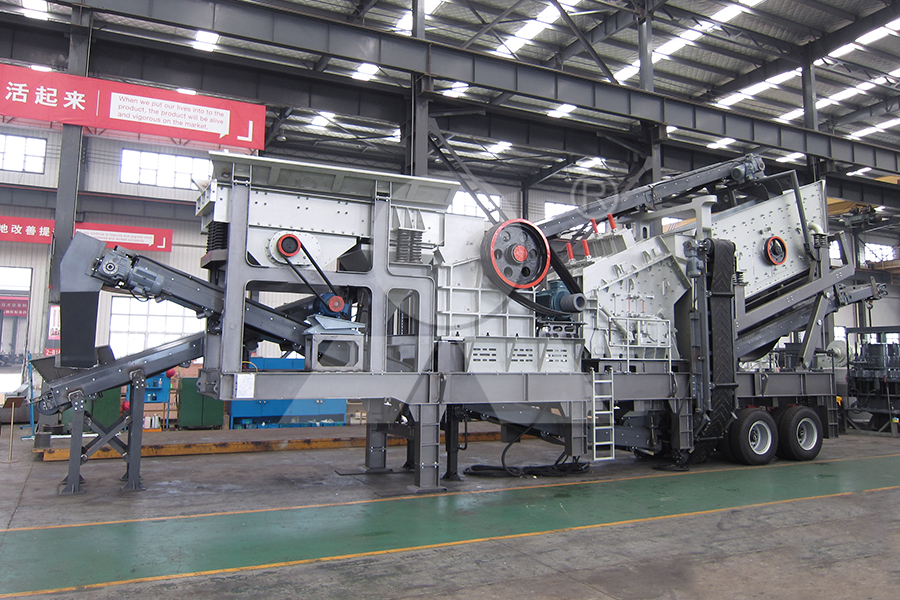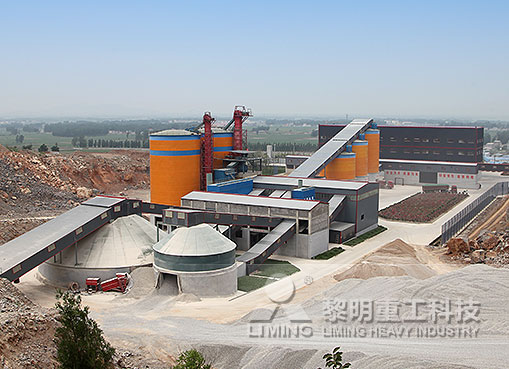

"The construction of environmentally friendly gravel production lines needs to start from three aspects: dust, noise, and sewage. Through closed workshops, spray dust removal, noise shielding, and wastewater recycling, we can ensure compliance wit
"The construction of environmentally friendly gravel production lines needs to start from three aspects: dust, noise, and sewage. Through closed workshops, spray dust removal, noise shielding, and wastewater recycling, we can ensure compliance with the requirements of the Environmental Noise Pollution Prevention and Control Law and other regulations to achieve green production."
For gravel processing plants, environmental protection mainly limits dust, noise, and sewage. At present, relevant departments have also introduced a series of policies. In the Environmental Noise Pollution Prevention and Control Law, Environmental Protection Law, and Air Pollution Prevention and Control Law, there are corresponding regulations on sand noise, dust, and transportation.
Click to consult to understand the construction plan of environmentally friendly gravel production lines
Mining crushing equipment manufacturers teach you how to build environmentally friendly gravel production lines:

1. Build a closed production line
In order to effectively control dust and noise pollution, a number of measures can be taken. Building a workshop can prevent dust from spreading into the air and reduce noise at the same time. Seal and cover the transport vehicles to avoid dust dispersion during transportation. In addition, spray dust removal equipment is installed in the factory area, and dust control work is done in a multi-pronged manner.
The gravel production line adopts a partially closed design, and the belt conveyor and vibrating screen use dust hoods to collect dust, which can reduce dust pollution to a great extent.
2. Already built_no closed plant, environmental protection measures
If the gravel plant has been built and operated for a period of time, the equipment functions normally, but no environmental protection measures are equipped, then it is necessary to contact the equipment manufacturer in time. Explain the situation to the manufacturer, rely on the current status of the original production line, and entrust it to carefully design a comprehensive and adaptive environmental protection plan on the original basis to meet environmental protection requirements.

Dust removal auxiliary equipment: In order to effectively control pollution, the following measures can be taken: equip the production process with a dust collector, or install a sprayer for dust removal. At the same time, in accordance with the requirements of the specifications, a shed is added above the conveying equipment and screening equipment to prevent the spread of dust. Through these means, the pollution is controlled in a smaller range to ensure compliance with relevant environmental protection standards.
Noise control: closed workshops, areas with strict noise decibel control, and shielding devices or silencers can be added to effectively avoid noise pollution.
Wastewater sludge: In the sand washing process, a sewage sedimentation tank is built. The sand washing wastewater can be recycled, the precipitated sludge and waste soil can also be used for the reclamation of the mine cushion layer, and the clean water in the sedimentation tank can continue to be used for sand washing.
Previous: SMP Crusher
Next: SMP Crusher

"The construction of environmentally friendly gravel production lines needs to start from three aspects: dust, noise, and sewage. Through closed workshops, spray dust removal, noise shielding, and wastewater recycling, we can ensure compliance wit
"The construction of environmentally friendly gravel production lines needs to start from three aspects: dust, noise, and sewage. Through closed workshops, spray dust removal, noise shielding, and wastewater recycling, we can ensure compliance with the requirements of the Environmental Noise Pollution Prevention and Control Law and other regulations to achieve green production."
For gravel processing plants, environmental protection mainly limits dust, noise, and sewage. At present, relevant departments have also introduced a series of policies. In the Environmental Noise Pollution Prevention and Control Law, Environmental Protection Law, and Air Pollution Prevention and Control Law, there are corresponding regulations on sand noise, dust, and transportation.
Click to consult to understand the construction plan of environmentally friendly gravel production lines
Mining crushing equipment manufacturers teach you how to build environmentally friendly gravel production lines:

1. Build a closed production line
In order to effectively control dust and noise pollution, a number of measures can be taken. Building a workshop can prevent dust from spreading into the air and reduce noise at the same time. Seal and cover the transport vehicles to avoid dust dispersion during transportation. In addition, spray dust removal equipment is installed in the factory area, and dust control work is done in a multi-pronged manner.
The gravel production line adopts a partially closed design, and the belt conveyor and vibrating screen use dust hoods to collect dust, which can reduce dust pollution to a great extent.
2. Already built_no closed plant, environmental protection measures
If the gravel plant has been built and operated for a period of time, the equipment functions normally, but no environmental protection measures are equipped, then it is necessary to contact the equipment manufacturer in time. Explain the situation to the manufacturer, rely on the current status of the original production line, and entrust it to carefully design a comprehensive and adaptive environmental protection plan on the original basis to meet environmental protection requirements.

Dust removal auxiliary equipment: In order to effectively control pollution, the following measures can be taken: equip the production process with a dust collector, or install a sprayer for dust removal. At the same time, in accordance with the requirements of the specifications, a shed is added above the conveying equipment and screening equipment to prevent the spread of dust. Through these means, the pollution is controlled in a smaller range to ensure compliance with relevant environmental protection standards.
Noise control: closed workshops, areas with strict noise decibel control, and shielding devices or silencers can be added to effectively avoid noise pollution.
Wastewater sludge: In the sand washing process, a sewage sedimentation tank is built. The sand washing wastewater can be recycled, the precipitated sludge and waste soil can also be used for the reclamation of the mine cushion layer, and the clean water in the sedimentation tank can continue to be used for sand washing.
Previous: SMP Crusher
Next: SMP Crusher
 Shandongs 2 million tons annual capacity solid waste crushing and sand making production line Shibang helps start a green economy
Shandongs 2 million tons annual capacity solid waste crushing and sand making production line Shibang helps start a green economy Liming helps the Qujing section of Chongqing-Kunming High-speed Railway innovative solutions for sand and gravel production lines
Liming helps the Qujing section of Chongqing-Kunming High-speed Railway innovative solutions for sand and gravel production lines Liming helps optimize and upgrade the crushing process of magnetite in Inner Mongolia
Liming helps optimize and upgrade the crushing process of magnetite in Inner Mongolia How much does a set of sand making equipment cost?
How much does a set of sand making equipment cost? Limings 1,000-ton-per-hour limestone crushing production line Helping efficient use of resources
Limings 1,000-ton-per-hour limestone crushing production line Helping efficient use of resources Shandongs 2 million tons annual capacity solid waste crushing and sand making production line Shibang helps start a green economy
Shandongs 2 million tons annual capacity solid waste crushing and sand making production line Shibang helps start a green economy Liming helps the Qujing section of Chongqing-Kunming High-speed Railway innovative solutions for sand and gravel production lines
Liming helps the Qujing section of Chongqing-Kunming High-speed Railway innovative solutions for sand and gravel production lines Liming helps optimize and upgrade the crushing process of magnetite in Inner Mongolia
Liming helps optimize and upgrade the crushing process of magnetite in Inner Mongolia How much does a set of sand making equipment cost?
How much does a set of sand making equipment cost? Limings 1,000-ton-per-hour limestone crushing production line Helping efficient use of resources
Limings 1,000-ton-per-hour limestone crushing production line Helping efficient use of resources